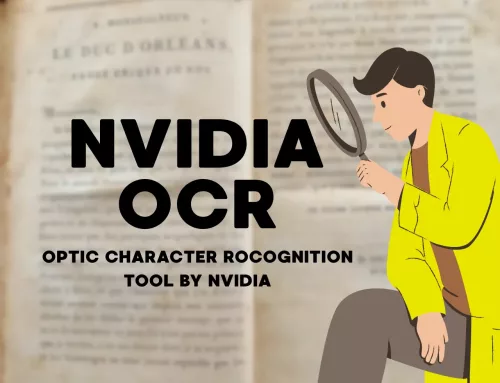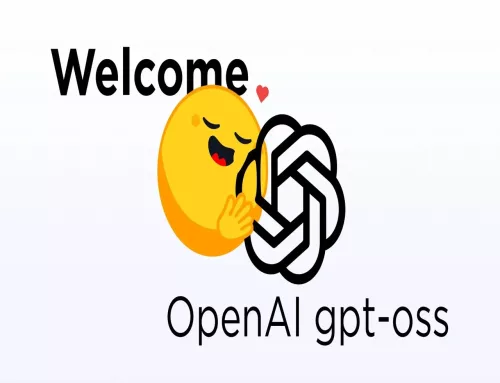UIGEN-X: The Revolutionary AI Model That Generates Complete User Interfaces
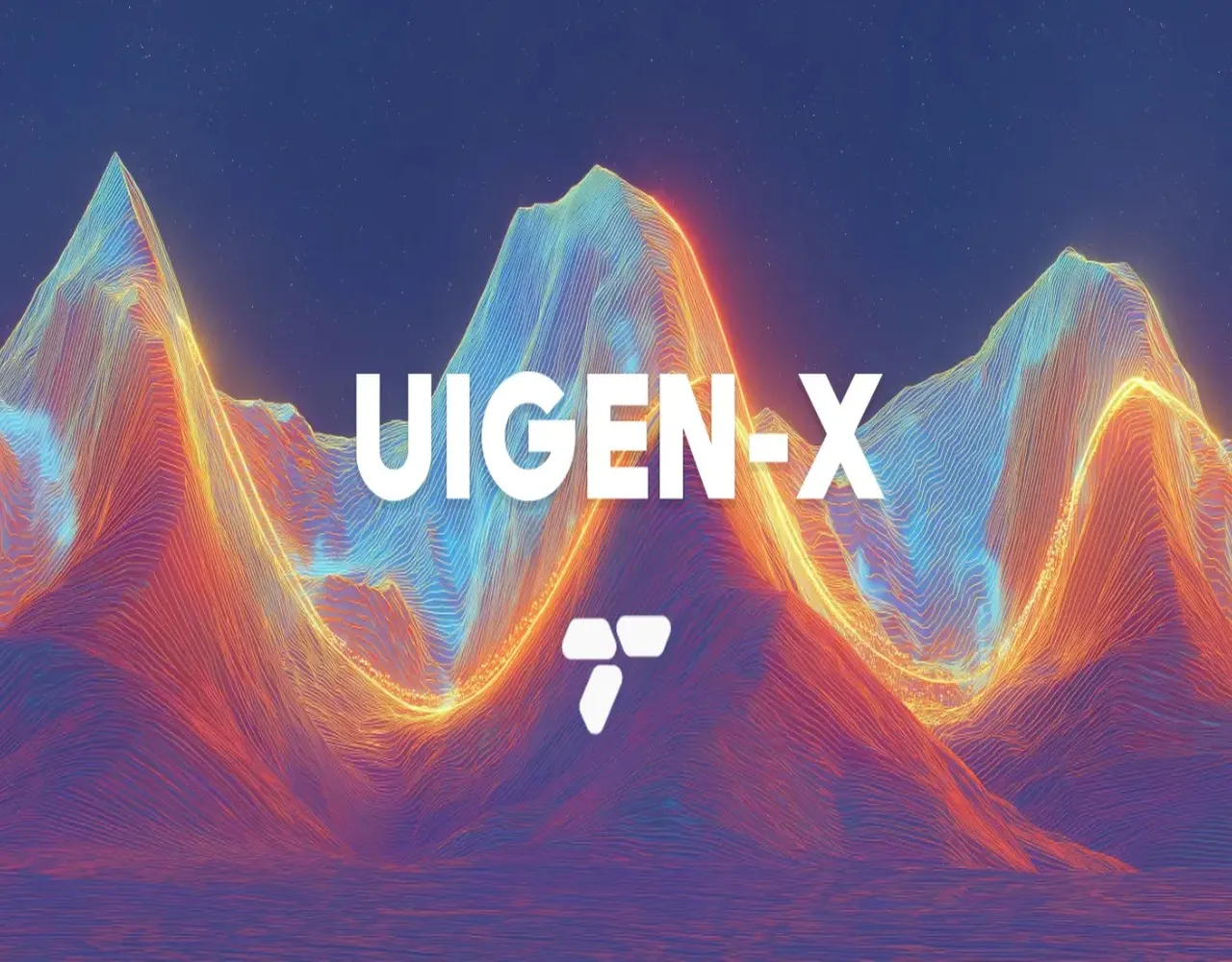
Modern web development often involves countless hours of writing repetitive code and setting up user interfaces. What if there was an AI model specifically designed to generate complete, production-ready UIs across multiple platforms and frameworks? Enter UIGEN-X, a specialized AI model that’s changing how developers approach interface creation.
What is UIGEN-X?
UIGEN-X is Tesslate’s hybrid reasoning UI generation model built on the Qwen3 architecture, designed to systematically plan, architect, and implement complete user interfaces across modern development stacks. Think of it as having an expert developer who can instantly create beautiful, functional websites and applications just from your description.
Unlike traditional AI coding assistants that only help with snippets, UIGEN-X takes a comprehensive approach. It doesn’t just write code — it thinks through your requirements, plans the architecture, chooses the right technologies, and delivers production-ready interfaces that actually work.
It’s available in multiple sizes, including 4B, 8B and 32B parameter versions, making it accessible for different computational requirements and use cases.
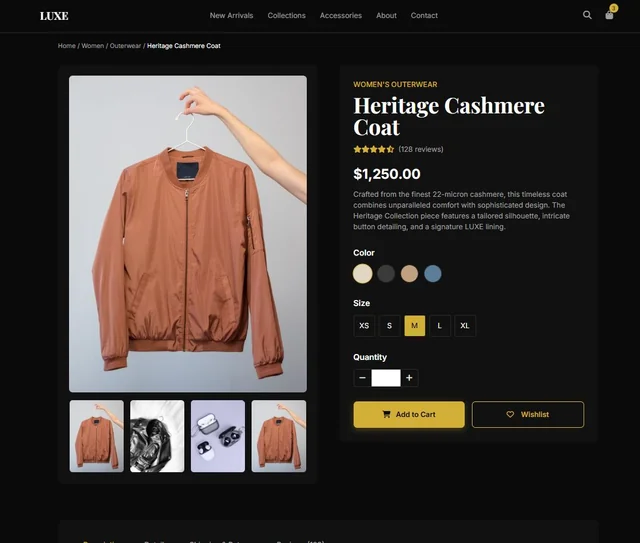
Interface design created by UIGEN-X
How Does UIGEN-X Work?
The model follows a structured thinking process that mimics how experienced developers approach UI projects:
- Problem Analysis: Understanding what you’re trying to build, analyzing requirements and constraints.
- Architecture Planning: Deciding on component structure and technology stack
- Design System Definition: Selecting appropriate styling frameworks, color schemes, typography and UI components that work together cohesively.
- Implementation Strategy: Step-by-step code generation with clear reasoning
This systematic approach means you get thoughtful, well-structured code rather than random snippets thrown together. It’s like having a senior developer who explains their thinking process while building your interface.
The Hybrid Reasoning Architecture
What makes UIGEN-X special is its hybrid reasoning capability. Traditional AI models either plan OR code, but UIGEN-X does both simultaneously. The 32B version uses “Reasoning Only” while the 8B version uses “Hybrid Reasoning” – both ensuring that every line of code serves a purpose and fits into a larger, coherent design.
This architecture allows the model to handle complex multi-page applications, not just simple components. It can create entire SaaS dashboards, e-commerce platforms, or portfolio websites with consistent styling and proper navigation between sections.
- /think mode: The model shows its reasoning process, explaining design decisions and architectural choices
- /no_think mode: Direct code generation for faster results when you need quick implementations
This flexibility allows developers to learn from the AI’s decision-making process or simply get fast results when time is critical.
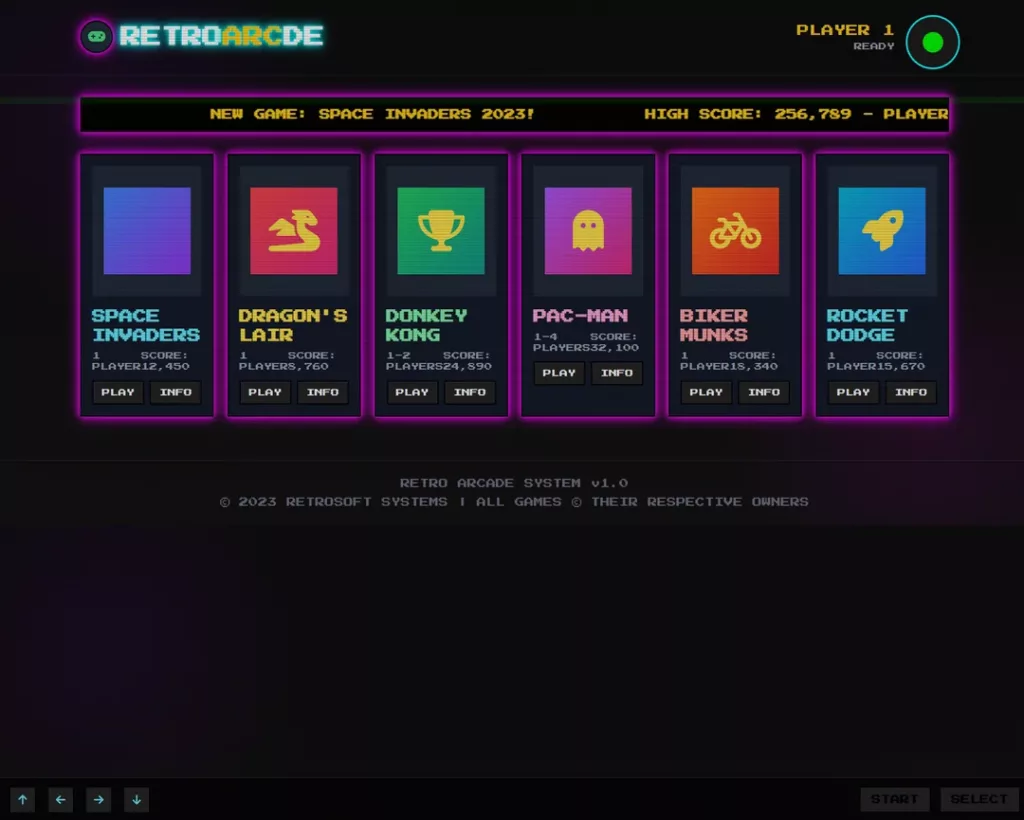
Interface design created by UIGEN-X
What Makes UIGEN-X Stand Out? Why Should You Use It?
Comprehensive Solution: Unlike other AI tools that generate basic code snippets, UIGEN-X creates complete, production-ready applications. It handles everything from responsive design to state management to proper component architecture.
Real-World Integration: The model supports function calling for dynamic asset integration, including fetching images from Unsplash and generating realistic content for components. This means your generated interfaces come with actual content, not just placeholder text.
Enterprise-Ready: UIGEN-X understands modern development practices like component libraries, design systems, and scalable architecture. It’s not just creating demos – it’s building maintainable codebases.
Reasoning Transparency: With the /think mode, you can understand why the AI made specific design choices, helping you learn and make better decisions in your own projects.
Time Savings: Instead of hours spent on boilerplate code and basic UI setup, you can focus on the unique aspects of your application.
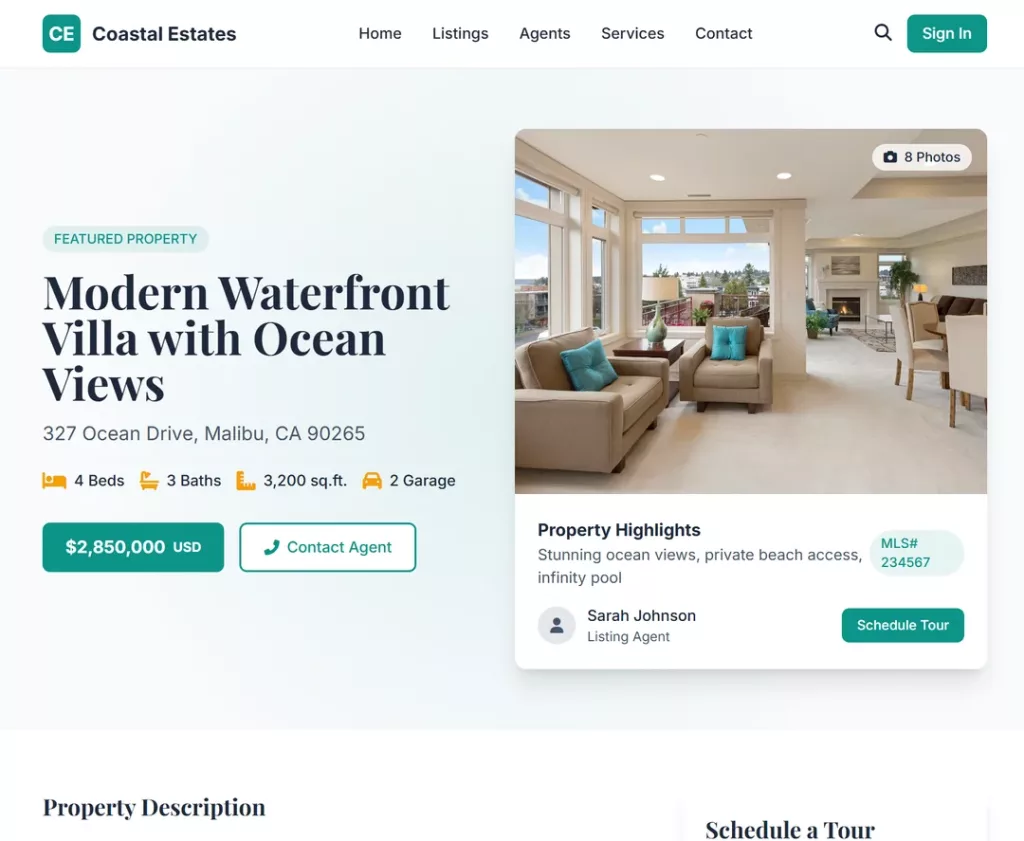
Interface design created by UIGEN-X
Complete Technology Coverage in UIGEN-X
UIGEN-X supports an impressive 26 major categories spanning frameworks and libraries across 7 platforms, including React, Vue, Angular, Svelte, and modern frameworks like Solid.js and Qwik. The model understands not just individual technologies but how they work together. It knows when to pair Next.js with Tailwind CSS and shadcn/ui, or when Angular Material makes more sense for enterprise applications.
21 Visual Style Systems Built Right In
The model includes 21 distinct visual style categories, from modern glassmorphism and neumorphism to experimental brutalism and cyberpunk aesthetics. You can apply styles consistently or mix them creatively. This means you can request “a minimalist dashboard with cyberpunk color accents” and get exactly that – the model understands both the structural requirements and the visual language you want.
Conclusion
UIGEN-X represents a significant leap forward in AI-assisted development. By combining systematic reasoning with comprehensive technology knowledge and visual design understanding, it transforms how we approach UI development. Whether you’re a developer looking to accelerate your workflow or a business owner needing custom interfaces, UIGEN-X offers a powerful solution that delivers professional results.
The model’s ability to think through problems systematically while generating production-ready code makes it an invaluable tool for modern web development. With support for the latest frameworks, design systems, and best practices, UIGEN-X isn’t just keeping up with the industry – it’s helping define what’s possible.
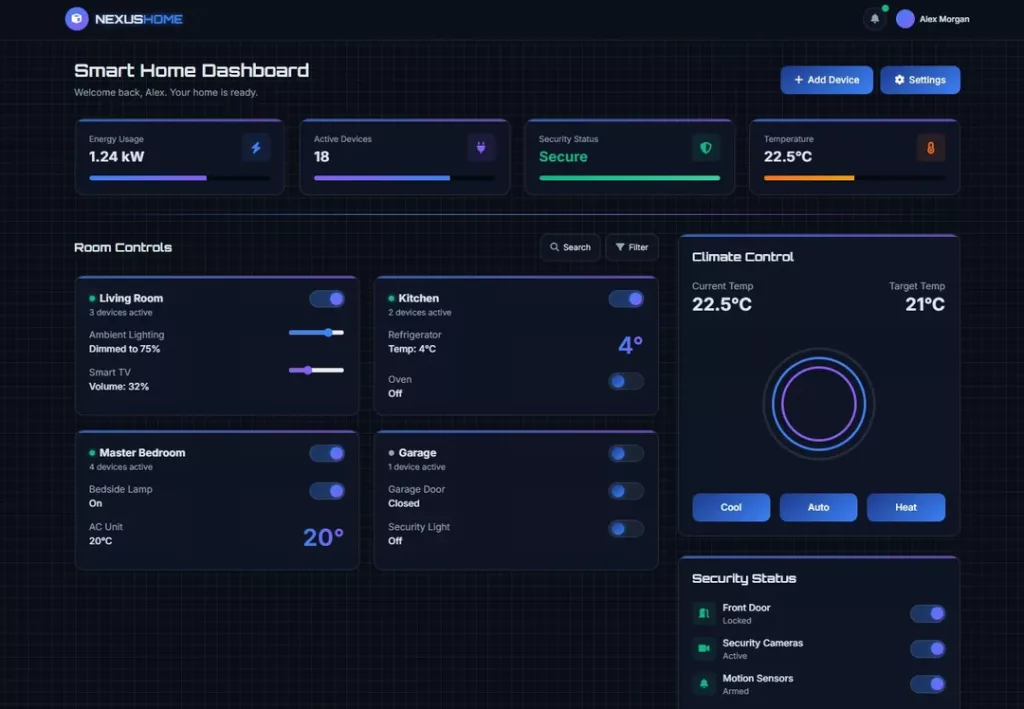
Interface design created by UIGEN-X
How to run UIGEN-X on Cordatus ?
1. Connect to your device and select LLM Models from the sidebar.

2. Select vLLM from the model selector menu (Box1), choose your desired model, and click the Run symbol (Box2).
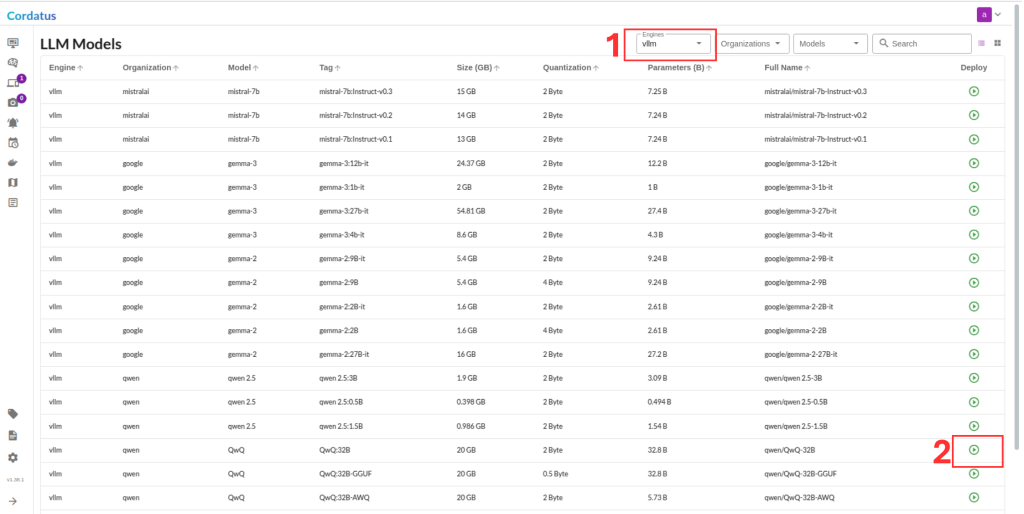
3. Click Run to start the model deployment.
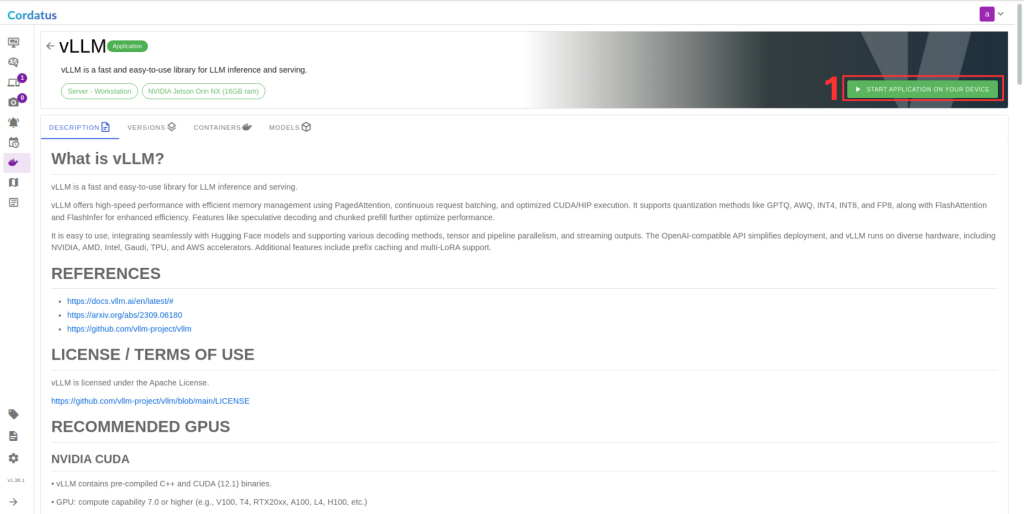
4. Select the target device where the LLM will run.
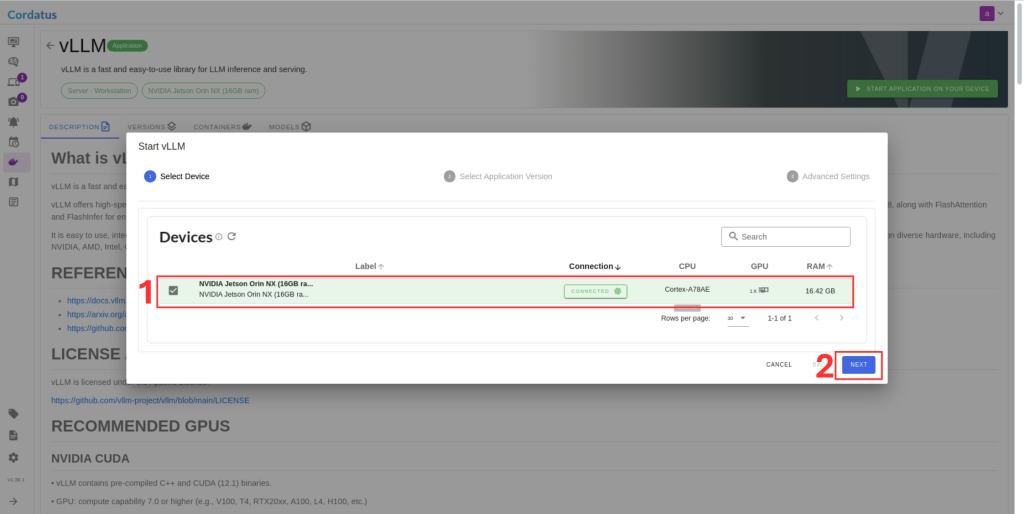
5. Choose the container version (if you have no idea select the latest).
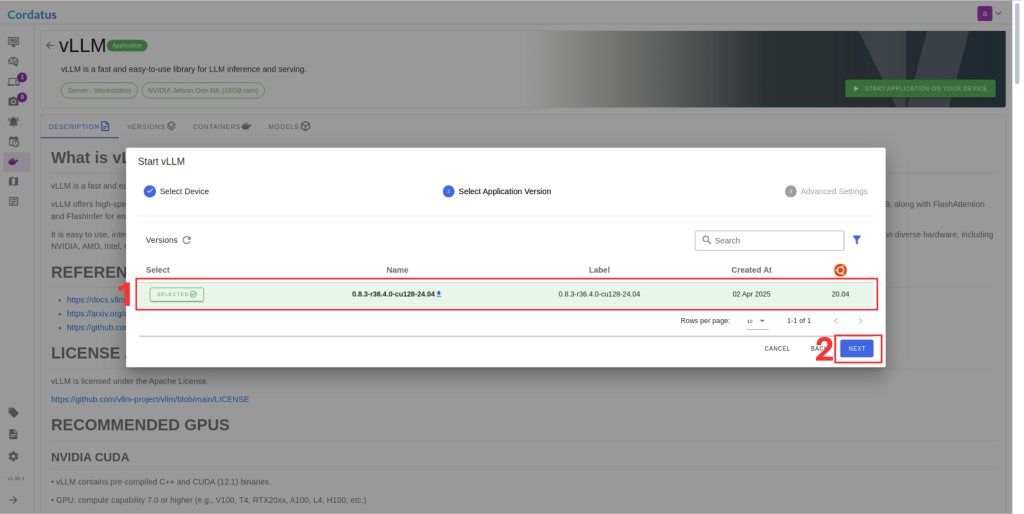
6. Ensure the correct model is selected in Box 1.
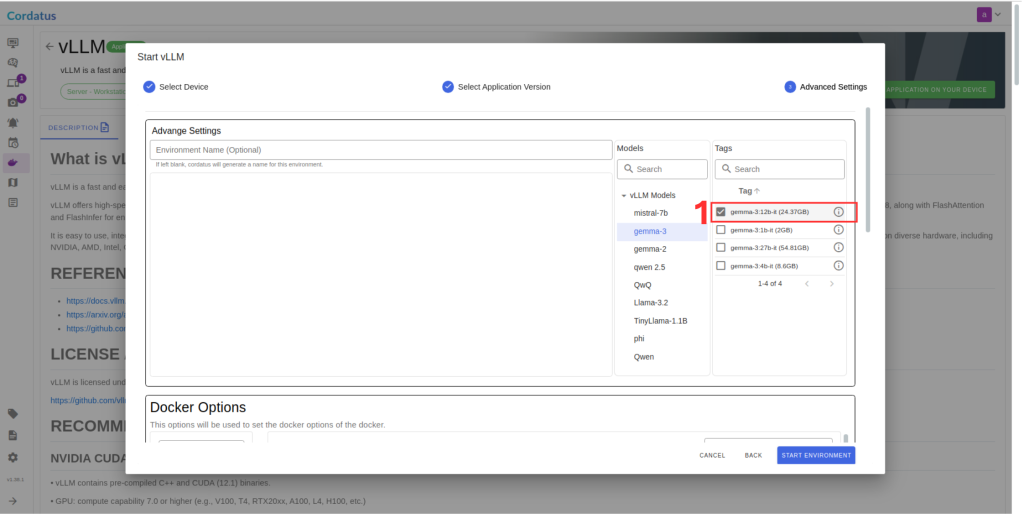
7. Set Hugging Face token in Box 1 if required by the model.
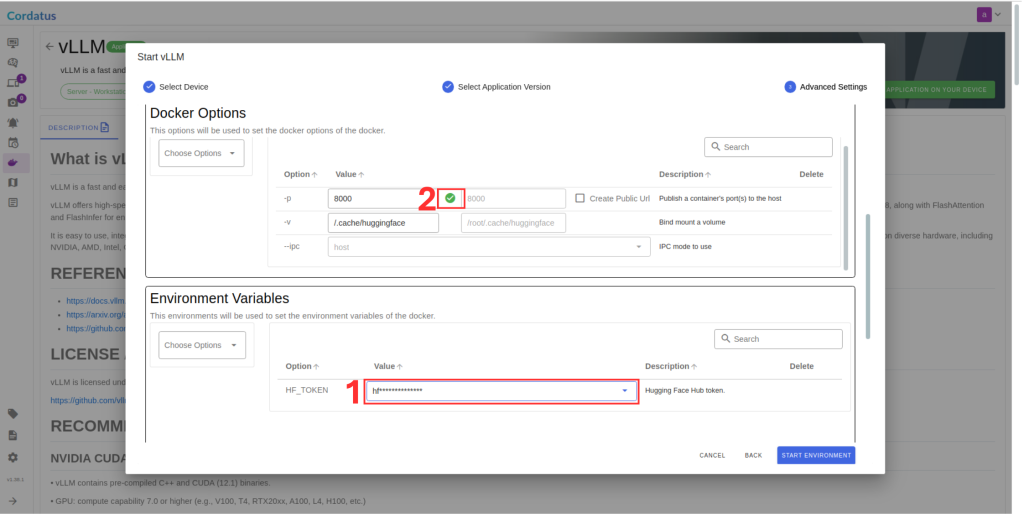
8. Click Save Environment to apply the settings.
Once these steps are completed, the model will run automatically, and you can access it through the assigned port.



